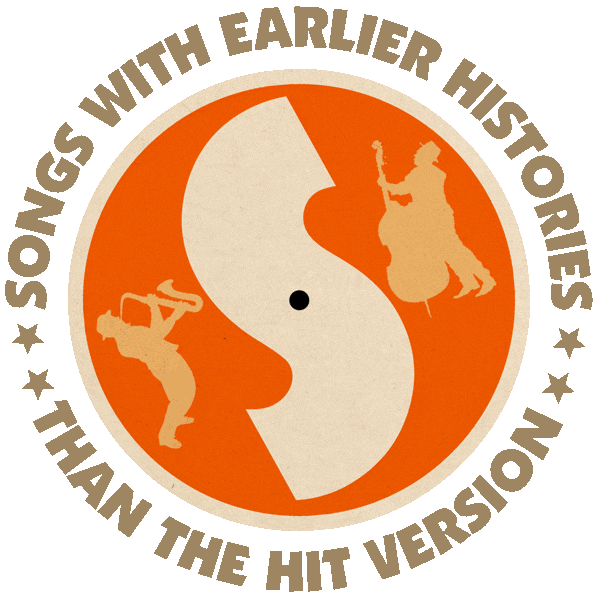First recorded by Bobby Vee (1962).
Hit versions by Steve Lawrence (US #1/R&B #14 1962), Maryk Wynter (UK #6 1962), The Happenings (US #12 1965), Donny Osmond (US #1 1971).
Also recorded (as “Yu-Ma/Go Away Little Boy”) by Marlena Shaw (R&B #29 1977).
From the wiki: “‘Go Away Little Girl’ was written by Gerry Goffin and Carole King, and was first recorded in 1962 by Bobby Vee. The song would go on to become notable for making the American Top-20 three times: for Steve Lawrence in 1962, for The Happenings in 1966, and for Donny Osmond in 1971. ‘Go Away Little Girl’ was also the first song, and one of only nine total, to reach US #1 by two different artists (Lawrence, in 1962; and Osmond, in 1971). The original recording by Vee was cut during same session as ‘It Might As Well Rain Until September’ and ‘Sharing You’. Not satisfied with the result, the song was shelved until producer Don Kirshner passed the song along to his good friend, Steve Lawrence.

